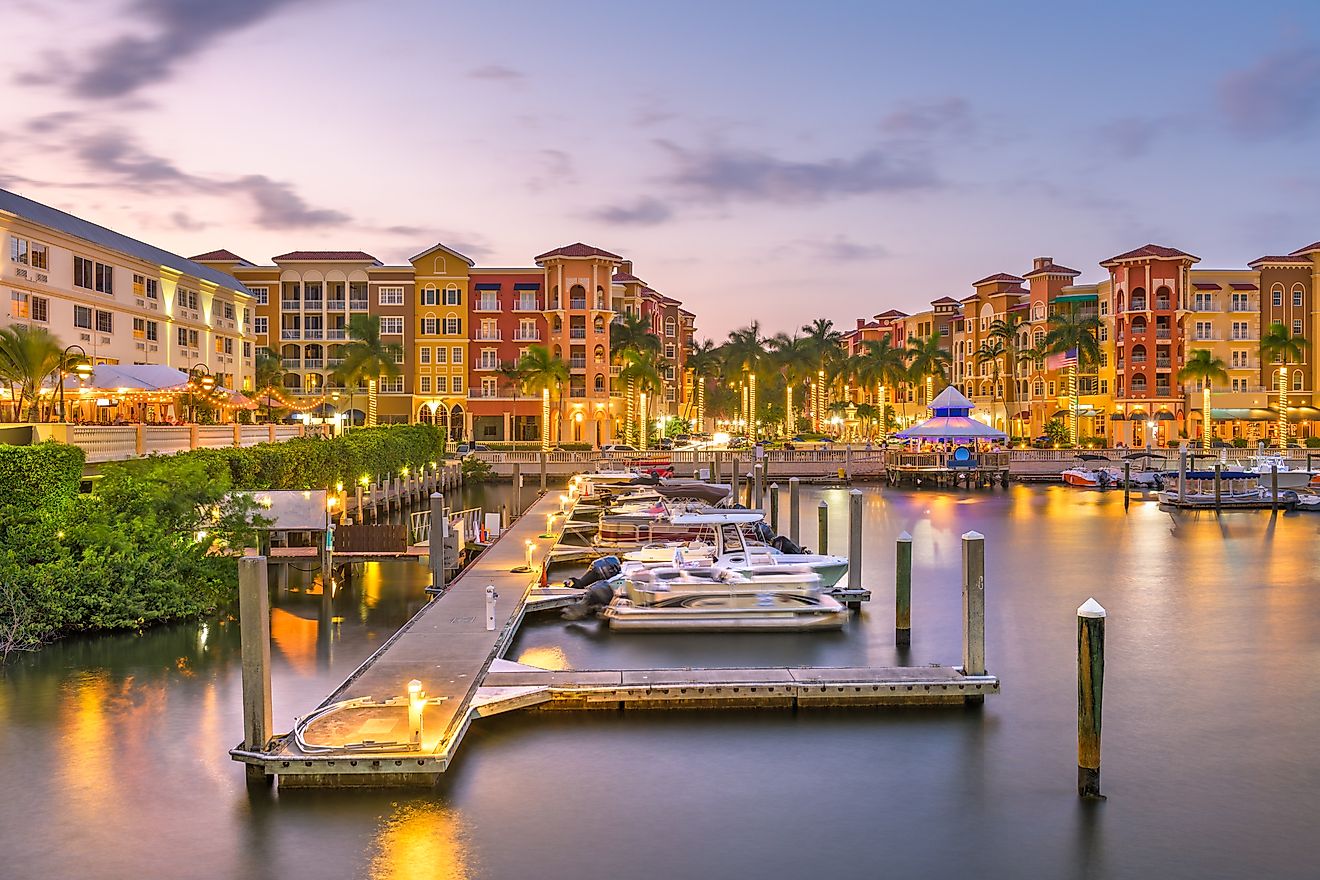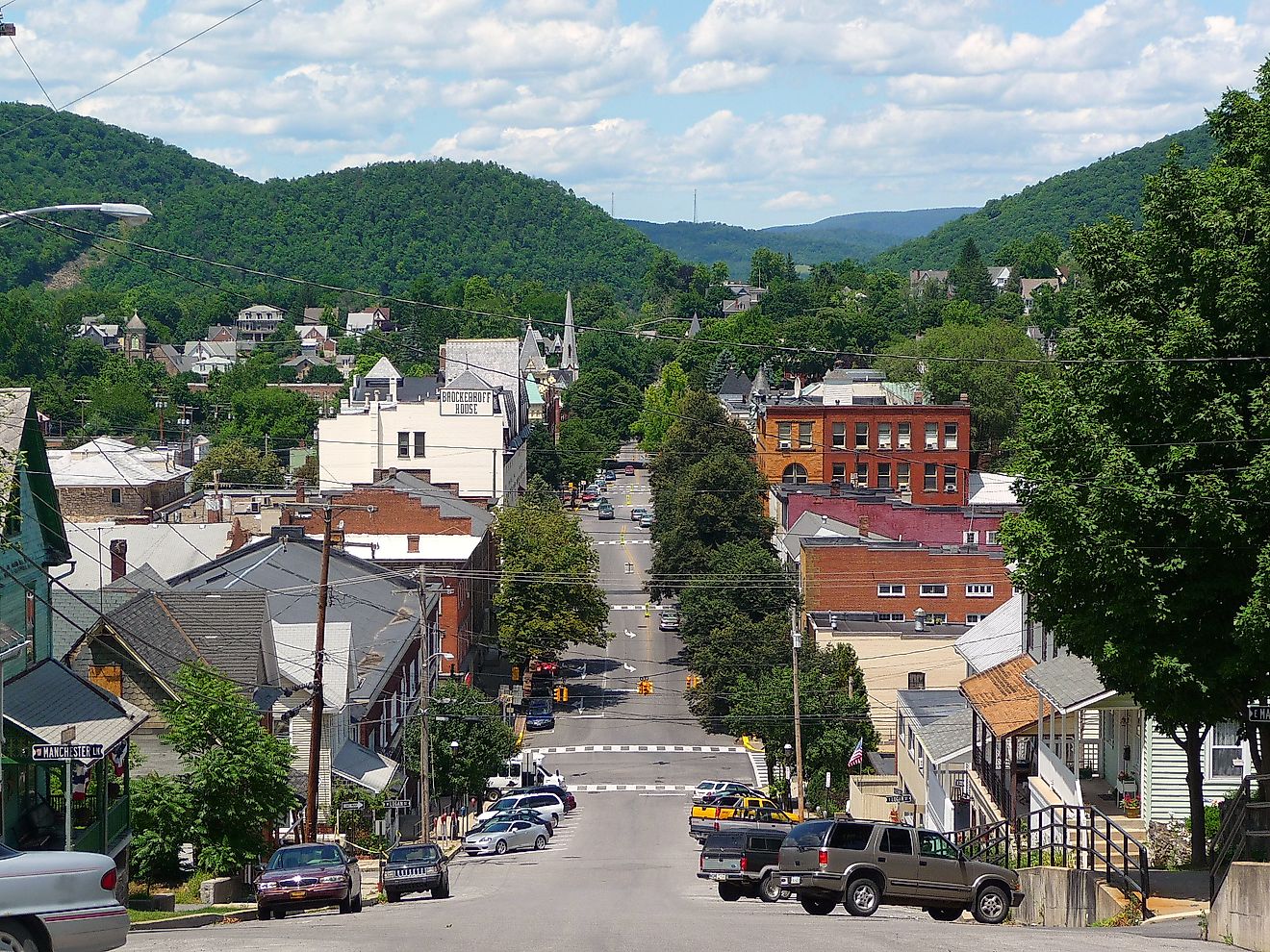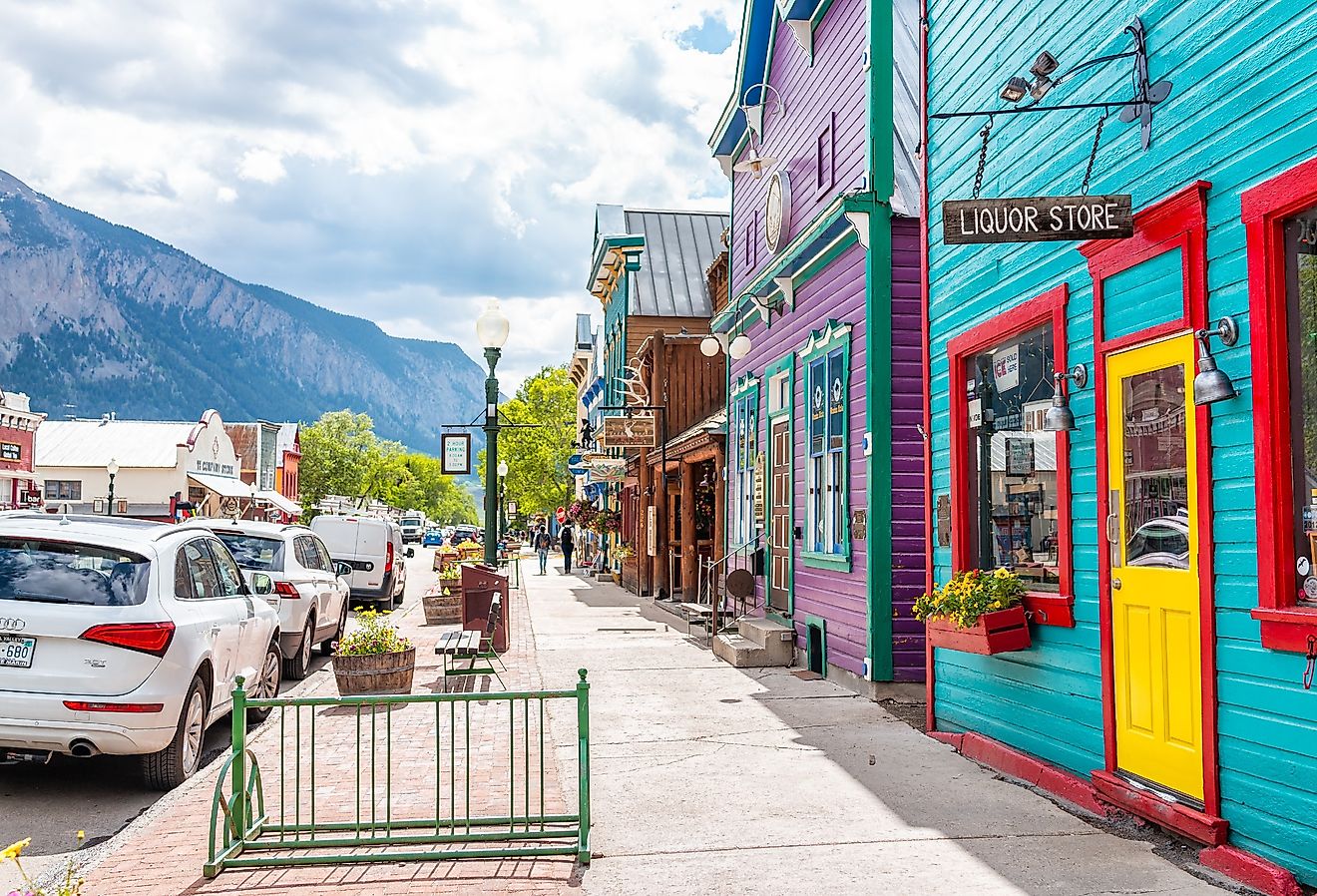
Indianapolis, Capital Of Indiana
Indianapolis is Indiana's capital and largest city, which is situated in the eastern portion of the United States. Locally referred to as Indy, Indianapolis is conveniently located close to numerous major American cities. About 80% of the United States population lives within a day's drive of Indianapolis. Often referred to as the "Crossroads of America," Indianapolis is well-connected to the rest of the country with interstate highways that go in almost every direction. The Indianapolis International Airport is one of the country's most accessible airports, located only 15 minutes from downtown. It possesses an architecturally award-winning terminal structure that is both modern and efficient, as well as direct flights to all the big cities with over 50 nonstop destinations.
Geography Of Indianapolis

The city is situated in the heart of Indiana, in the east north central region of the Midwestern United States. The Indianapolis metropolitan area covers a total area of 952.95 sq. km, of which 936.64 sq. km is occupied by land, and 16.30 sq. km is water. Indianapolis is the 18th largest city in the United States in terms of land area. The consolidated city borders are coterminous with Marion County, except for the separate communities of Beech Grove, Lawrence, Southport, and Speedway. The city and county are split into nine townships, which are the city and county's most extensive geographic divisions. The Till Plains, which include low hills and valleys, occupies the heart of the state. The region forms a part of the midwestern "Corn Belt," so named as corn is one of the region's most important crops.
Climate Of Indianapolis
Indianapolis has a mild climate since it is located in central Indiana, east of the White River, on flat or moderately hilly terrain. There are no apparent wet or dry seasons owing to the even distribution of precipitation throughout the year. Summers are exceptionally hot, while the arrival of cold air from the north frequently results in chilly winter temperatures with little humidity. More than three inches of snowfall occurs two to three times every year.
History Of Indianapolis

Indianapolis, Indiana's intended state capital, was developed near the White River and was formerly a marshland region populated sparingly by fur traders, the first of which, George Pogue, built his log home there in 1819. During the American Civil War, the city's central location served as a base for Union forces and support services, as well as a meeting site for troops preparing to attack the Confederate South. When war broke out, the city was a significant rail hub, which gave it tremendous military importance, and it quickly became the site of a massive prisoner-of-war camp. Despite immediate threats of Confederate invasion, Indianapolis escaped the war undamaged. Following the American Civil War, supplies were carried into the city through the east-west National Road and the Indian Central Canal, which compensated for the incapacity of the White River to provide. The canal was a failure since city money ran out before it could be extended farther than 9 miles from downtown, allowing the train's arrival in 1847 to salvage the city's economy and pay for future expansion. The popularity of automobiles triggered the subsequent suburban development and transition in Indianapolis history in the early twentieth century. The city served as a thriving center for manufacturing automobiles. As a result, enormous new housing projects targeting car sector workers have sprouted up. The sole relics of those glorious days are today's legendary motor racing events at the Indianapolis Motor Speedway.
Population And Economy Of Indianapolis
Indianapolis had a population of 892,656 as of 2020. Its population has increased by 8.80% since the last census, which showed a population of 820,445 in 2010. In 2013, it was discovered that the number of African Americans in Indianapolis had reached a new milestone: 300,000, a 3.9% rise over 2010 Census statistics. Although the city and county are now 29.3% African Americans, the population in the metropolitan area is just 16% Black. One in every eight Central Indiana citizens is African American. The typical household income in Indianapolis is $68,367, while the poverty rate is 18.05 %. In recent years, the median monthly rental rate has been $892, with a median home value of $137,000. The median age in Indianapolis is 34.2 years, 33.1 years for males, and 35.2 years for women.
Attractions In Indianapolis
Children's Museum Of Indianapolis

The Children's Museum of Indianapolis is the world's largest children's museum, and it is packed with intriguing, inventive, and interactive exhibits. The displays include a wide range of topics, including transportation, science, culture, and archeology. The dinosaurs are among the museum's most popular attractions; the Dinosphere exhibit recreates the dinosaurs' environment, allowing visitors to witness the visuals and sounds dating back 65 million years ago and even touch a real Tyrannosaurus Rex bone.
Indianapolis Motor Speedways

The historical Indianapolis 500, the most famous automobile race in the United States, is held at the Indianapolis Motor Speedway. The 2.5-mile oval circuit was initially intended as an automotive test track, but the initial 500-mile race in 1911 was so outstanding that it became a regular feature. Crowd seating has also been enlarged, and the stadium can now accommodate more than 250,000 people in the grandstand and more than 150,000 on the grounds.
Monument Circle

The Soldier's and Sailor's Memorial, located on Monument Circle in downtown Indianapolis, is the city's most visible landmark. This limestone monument remembers the lives lost during the Civil War and was completed in 1902 following a five-year building period. The Mausoleum and Memorial Hall are to the monument's north, while the massive Circle Center Mall is three blocks to the south. There are several sculptures honoring historical figures at the memorial, as well as an observation deck and Colonel Eli Lilly Civil War Museum.
Eiteljorg Museum Of American Indian And Western Art

Harrison Eiteljorg, an Indianapolis businessman, amassed a spectacular collection, which is on exhibit at the museum. Paintings and sculptures from the beginning of the nineteenth century are on display, including works by landscapists Albert Bierstadt and Thomas Moran, as well as photographs and sculptures by famous Western painters Frederick S. Remington and Charles M. Russell. A vast collection of Taos Society of Artists and Indian creative arts from all around North America is also displayed.
Benjamin Harrison Presidential Site
Benjamin Harrison died in Indianapolis in 1901 after being elected President of the United States in 1888. His home, located at 1230 North Delaware Street, is available to the public and features genuine Victorian furnishings.
Eagle Creek Park And Nature Preserve

Eagle Creek Park and Nature Preserve is considered one of the region's largest parks and also one of the country's largest parks. Aside from a modest beach, guests may rent kayaks, pontoon boats, and canoes at the marina and even take sailing lessons all through the summer.











